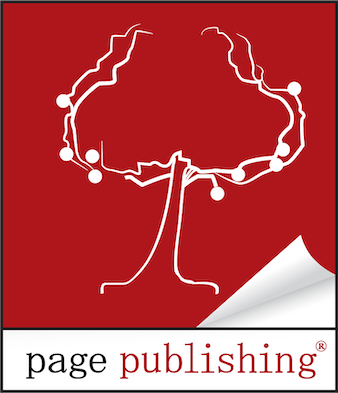
The Magic of Illustrations: A Gateway to a Child’s Imagination

Children’s books are more than just a collection of words on a page. They are a gateway to a world of imagination, curiosity, and wonder. They have the power to ignite a lifelong love for reading and learning. While the narrative is undoubtedly important, the role of illustrations in a children’s book cannot be overstated. From sparking a child’s imagination to aiding their cognitive development, illustrations play a pivotal role in the success of a children’s book. In this article, we will discuss the significance of accurate and appealing illustrations, the crucial factors an author should consider when selecting an illustrator, and key elements to keep in mind when creating illustrations for a children’s book.
The Magic of Illustrations
Illustrations are more than just pretty pictures in a book. They are a visual representation of the story, characters, and themes, offering young readers a visual narrative that complements the written word. Children, especially the younger ones, often rely on illustrations to grasp the essence of the story. Colorful and engaging illustrations can capture their attention, making the reading experience more enjoyable. The combination of words and images creates a comprehensive reading experience and encourages creative thinking. Moreover, illustrations can evoke emotions, convey complex ideas, and simplify abstract concepts, making them more accessible to young minds.
Choosing the Right Illustrator
Selecting the perfect illustrator for a children’s book is a crucial decision that can significantly impact the book’s success. Authors should consider several key factors when choosing an illustrator, including:
Understanding of the Target Audience: The illustrator should have a clear understanding of the age group the book is intended for. Different age groups have varying visual preferences and cognitive abilities, and the illustrator should be able to cater to these specific needs.
Style and Aesthetic: Every illustrator has a unique style. Authors must ensure that the illustrator’s artistic style aligns with the tone and theme of their book. Whether it’s a whimsical, vibrant style for a picture book or a more realistic approach for an educational book, the illustrator’s artistic vision should complement the narrative seamlessly.
Collaboration and Communication Skills: Effective communication and collaboration between the author and the illustrator are vital for the success of the project. The illustrator should be open to feedback and willing to work closely with the author to bring their vision to life.
Portfolio and Experience: Reviewing the illustrator’s portfolio and past work can provide valuable insights into their capabilities and creative range. It’s essential to ensure that the illustrator has prior experience in creating illustrations for children’s books and possesses the necessary skills to handle the project effectively.
Key Considerations in Illustrating a Children’s Book
Creating illustrations for a children’s book requires careful thought and attention to detail. Several key elements should be taken into account during the illustration process:
Character Expressions and Emotions: Characters are the heart of a children’s book. Illustrations should depict a range of emotions, enabling young readers to connect with the characters on a deeper level. Expressive and relatable characters can evoke empathy and encourage children to empathize with the story’s protagonists.
Engaging Visuals and Imagery: Children are drawn to colorful, vibrant visuals that capture their imagination. Incorporating engaging imagery, dynamic compositions, and lively scenes can enhance the overall appeal of the book and keep young readers engaged.
Clarity and Simplicity: Illustrations should be clear and easy to comprehend, especially for younger readers. Simple, uncluttered visuals can help avoid confusion and allow children to focus on the key elements of the story without feeling overwhelmed.
Cultural Sensitivity and Diversity: It is essential to depict a diverse range of characters and cultural representations in children’s book illustrations. Embracing diversity fosters inclusivity and encourages children to develop a broader understanding and appreciation of different cultures and perspectives.
Alignment with Narrative: Illustrations should seamlessly align with the storyline, enhancing the overall narrative rather than distracting from it. The visual elements should work cohesively with the text to create a unified storytelling experience for young readers.
Illustrations are a powerful tool that can breathe life into the pages of a children’s book. They have the ability to captivate young minds, foster a love for reading, and leave a lasting impression on a child’s imagination. When authors recognize the importance of selecting the right illustrator and emphasize key elements during the illustration process, they pave the way for a truly enriching and impactful reading experience for children around the world. By nurturing the magic of illustrations, authors can inspire a new generation of young readers to embark on unforgettable literary adventures that will stay with them for a lifetime.






